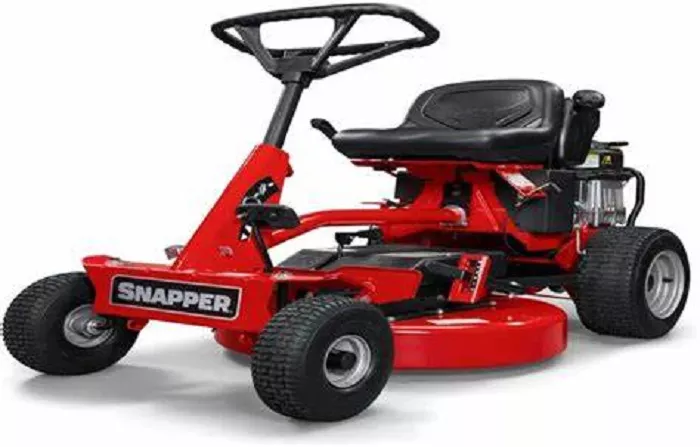Lawn mower engines, whether in push mowers, riding mowers, or commercial-grade equipment, require proper care to ensure longevity and peak performance. As a professional in small engine mechanics, I will provide a comprehensive guide on handling lawn mower engines—covering maintenance, troubleshooting, repairs, and optimization techniques. This article is structured to help both DIY enthusiasts and professionals understand best practices for engine care.
Understanding Lawn Mower Engine Types
2-Stroke Engines
- Found in lightweight, handheld trimmers and some older mowers.
- Require a fuel-oil mixture (typically 50:1 or 40:1).
- Simpler design but louder and less fuel-efficient than 4-stroke engines.
4-Stroke Engines
- Most common in modern lawn mowers.
- Use separate oil and gasoline compartments.
- More efficient, quieter, and longer-lasting than 2-stroke engines.
Routine Maintenance for Optimal Performance
Oil Changes
- Run the engine briefly to warm the oil (helps drain completely).
- Tilt the mower (carburetor side up) to avoid oil spills.
- Drain old oil into a container and refill with manufacturer-recommended oil (SAE 30 or 10W-30 is common).
- Check the dipstick to ensure proper oil level.
Air Filter Maintenance
Foam Filters: Clean with soapy water, dry, and lightly oil.
Paper Filters: Replace when dirty (do not clean).
Spark Plug Inspection & Replacement
- Remove the spark plug and check for fouling, cracks, or excessive carbon buildup.
- Clean with a wire brush or replace if damaged.
- Gap the new plug according to specifications (typically 0.025–0.030 inches).
Fuel System Care
- Use fresh gasoline (ethanol-free preferred to avoid carburetor issues).
- Add a fuel stabilizer if storing for more than 30 days.
- Clean the carburetor annually (more often if using ethanol-blended fuel).
Blade Sharpening & Balancing
- A dull blade tears grass, leading to uneven cuts and engine strain.
- Remove the blade, sharpen with a file or grinder, and balance it (use a blade balancer or hang on a nail).
Troubleshooting Common Engine Problems
Engine Runs Rough or Stalls
Dirty Air Filter: Clean or replace.
Water in Fuel: Drain the tank and carburetor.
Excessive Vibration
Unbalanced Blade: Sharpen and balance or replace.
Loose Engine Mounts: Tighten bolts.
Bent Crankshaft: Requires professional repair or replacement.
Advanced Repairs & Engine Rebuilding
Carburetor Rebuild
- Disassemble, clean jets, replace gaskets, and reassemble.
- Use a rebuild kit for worn components.
Valve Adjustment (4-Stroke Engines Only)
Remove the valve cover and set intake/exhaust valve clearance (refer to specs).
Piston Ring Replacement
- Indicated by excessive smoke or low compression.
- Requires disassembling the engine block.
Crankshaft & Bearing Replacement
- Needed if the engine has knocking sounds or severe vibration.
- Requires specialized tools and expertise.
Winterizing & Long-Term Storage
Steps for Storage
Drain or Stabilize Fuel: Run the engine dry or add stabilizer.
Change Oil: Removes acidic contaminants.
Remove the Battery (if electric start): Store in a cool, dry place.
Store in a Dry Place: Avoid moisture to prevent rust.
Upgrading for Better Performance
High-Performance Air Filters: Improve airflow.
Aftermarket Exhaust Systems: Reduce backpressure.
Advanced Ignition Systems: Enhance spark efficiency.
Conclusion
A well-maintained lawn mower engine ensures reliability, efficiency, and longevity. By following routine maintenance, troubleshooting effectively, and performing advanced repairs when needed, you can keep your mower running smoothly for years. Whether you’re a homeowner or a professional technician, understanding these principles will save time, money, and frustration.

